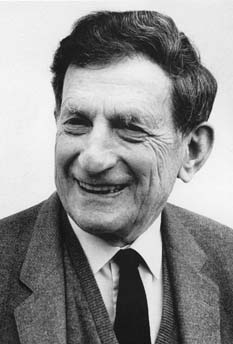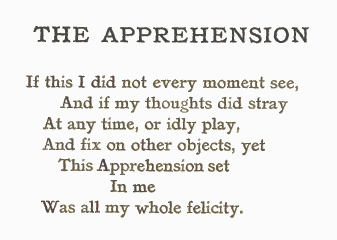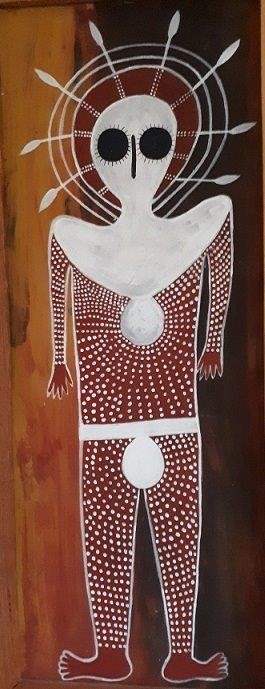| Capacitie |
|
| HOME NOWLETTER TRAHERNE DIALOGUE WREN-LEWIS HARDING SCHLOSS CONTACT |
|
Our regulars come from a variety of traditions both religious and secular. Our adoption of Bohmian Dialogue is designed to overcome barriers which these existing interests or commitments might errect between us.
Dialogue We held Dialogue meetings at our home in Sydney from 1992 to 2009. From 2009 we continued to have regular meetings in the spirit of Bohmian dialogue but they were no longer convened specifically for the purpose of demonstrating and practising dialogue. They were largely about subjects covered by this website and all that these matters relate to. It is difficult to describe exactly what we mean by Dialogue but it is essentially what David Bohm proposed as a more effective means of communicating and relating to one another. For a detailed explanation I recommend the paper Dialogue a Proposal. A major aspect of Dialogue enquiry is the challenge of assumptions, both internal and external, as they arise. Consequently, it is an extremely useful method for allowing engagement of people, often with widely differing views, without our belief systems getting in the way. The Five Dimensionsof Dialogue. An analysis of why people go to Dialogue by Professor Mario Cayer identified five main reasons: conversation, participatory process, collective enquiry, creating shared meaning and collective meditation. It is perhaps the latter category which has most to do with Capacitie.
One of the requirements for successful Dialogue is the suspension of assumptions. This ensures that space is created for other points of view and for the possibility of something quite new arising. If this suspension is carried through to fundamental beliefs about what I am and my world view, I discover an openness which I believe to be what Traherne referred to as Capacitie.The normal understanding of self/other is undermined and a commonality of interest or impersonal awareness comes about. I think this approach is what Traherne meant by 'True apprehension'. Participation in Dialogue is an excellent way of testing such notions because, in addition to providing a test-bed, it involves engagement with alternative points of view. The NOWletter came about as an extension of the Sydney Dialogue meetings with the aim of carrying through some of the issues that came up in meetings and providing ongoing contact with people remote from Sydney and unable to meet on a regular basis. This section is included to record and provide access to notes, commentary and articles about Dialogue which have appeared in the Nowletter since its inception.
May 2022. |
||||
|
Dialogue Articles Articles listed on this page are mainly contributions on the subject of Dialogue to the Nowletter and arise from local activities. For a broader picture refer to the Dialogue Links. The Five Dimensions of Dialogue by Prof. Mario Cayer. On Facilitation & Purpose by Donald Factor. An introduction to Dialogue, prepared by Terry O'Brien for the Krishnamurti Katoomba Weekend February 2001. A history of a Sydney dialogue group, comprising letters and articles submitted by group members to the monthly Nowletter over a period of 10 years. The contributions are identified in the Nowletter Index and split into five groups as follows: Sydney Dialogue - Extracts from Nowletters 0 - 12
Insight and Transformation - Transcripts of a gathering organized by the Sydney NOW Group on the 17 and 18 October 1998 with the aim of meeting Gary Hipworth and Jo Willis and to provide an opportunity for Gary to talk with us about the transformation which he had previously summarized in articles printed in the Nowletter and which became the subject of his book Nowhere Man. Insight and Transformation - Introduction Insight and Transformation - Transcripts of the Two-Day Dialogue and Gathering The Powerpoint Slide Presentation A Powerpoint presentation of the life and work of David Bohm. |
||||
|
Dialogue Links Bohm's Quantum Physics recognised at Last by Dr. Hugh Murdoch, an article in Theosophy in Australia, September 2009... there has been a revival of what is now being referred to as Bohmian Mechanics, including emphasis on reality as distinct from the unreality of the traditional approach of Bohr, emphasizing the 'Unreality' of whatever happens in a quantum experiment prior to the resulting observation. There is a feature article on 'Bohmian Mechanics' in New Scientist for 22 March, 2008. Clearly what is being discussed is Bohm's interpretation of quantum mechanics. On the cover of the issue, there is the word unreality with UN shaded almost out. A search on the internet discloses a lengthy article on Bohmian mechanics from the Stanford Encyclopedia of Philosophy. This is a 2006 revision of an original article in 2001. Selected Websites on Dialogue. This site has useful information but some of the listed links were inoperative when last checked. Nick Consoletti. A comprehensive source of information on the the practical and theoretical aspects of dialogue. The TAT Foundation came about as a result of the life of Richard Rose. It was his dream to form an organization grounded in what he found so little of in his years of searching: sincerity and true perspective. TAT was founded on the conviction that our investigation of life's mysteries is expedited by working with others who are exploring, perhaps down a different road, so that we may share our discoveries, exchange ideas, and 'compare notes' in order to come to a better understanding of ourself and others. https://www.advaita.org.uk This website introduces itself as "All you need to know about advaita: Traditional, Direct Path and Neo-advaita; Explanations, Essays and Discourses; Teachers and Books; Links to the best sites; Egroups and Blogs; Introduction to Sanskrit and ITRANS; Comprehensive Glossary of Spiritual Terminology". As a a lay enquirer I found much here that is helpful in coming to grips with Advaita Vedanta. It offers serious, well balanced and lucid presentations of the various teachings with contemporary articles on all aspects of the tradition, both ancient and modern.
|


